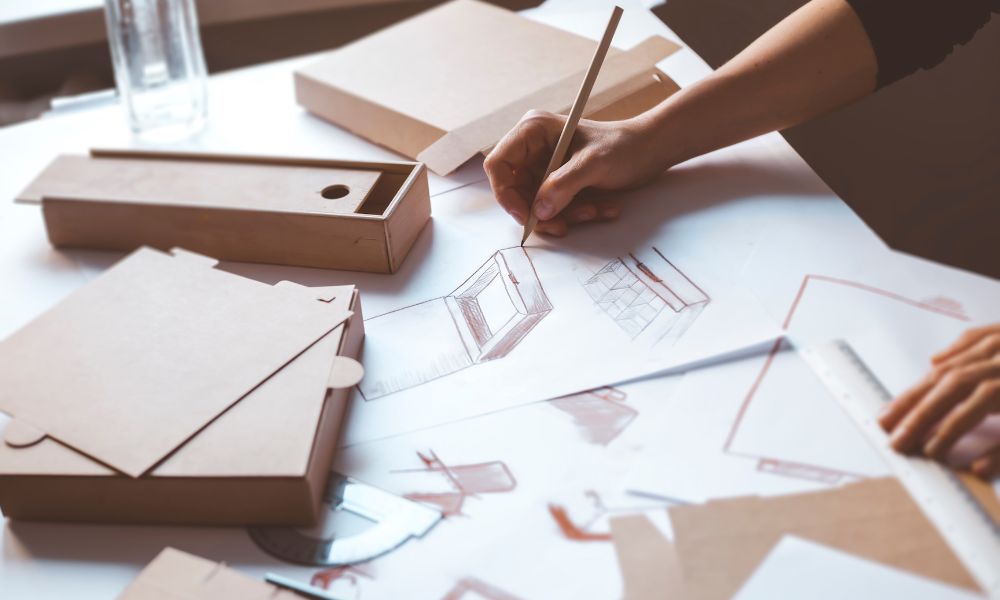Koi fish have long been a symbol of prosperity, luck, and good fortune. Their friendly and social nature paired with their graceful movements and vibrant color make koi a popular pet for many homeowners. These flashy fish are also quite adaptable animals that can survive just as happily outdoors as they can indoors. It’s for this reason that backyard koi ponds are such a popular outdoor design element. If you’re looking to bring a bit of tranquility to your own home, this guide for how to build and maintain a backyard koi pond is here to help.
Determine dimensions
When it comes to how to build and maintain a backyard koi pond, it’s always best to begin with the basics. Establish the base dimensions for your koi pond, including its size, shape, and depth. The size of your pond will determine how many koi you can have, and vice versa. The more koi you hope the keep, the larger you must make your pond. Koi fish grow quite quickly and can be between 12 and 15 inches long when fully grown. Therefore, it’s best to allot a little extra room to grow when plotting out your koi pond. Your pond should also be at least 3 feet deep at all points and should be able to accommodate at least 50 gallons of water per fish. Adhering to these dimensions will help provide your koi fish with the best environment possible and will allow them to live a long and happy life.
Prep the pond
Once your pond has been dug to the proper dimensions, it’s time to start filling it in. Begin by placing a metal mesh barrier at the bottom of the pond. This will prevent burrowing animals such as gophers, bunnies, and groundhogs from digging into your koi pond. From there, you will need to cover the bottom and sides of the pond with a durable liner. This is a much safer and more cost-effective option than covering the bottom of the pond with concrete; plus, it will protect your pond just as effectively. Many homeowners choose to place small boulders throughout the pond over top of the liner. This helps add dimension to the pond and helps it more closely resemble a koi’s natural habitat. Finally, it’s time to add a water filter and fill up the pond. A water filter is of the utmost importance, as it will serve as your pond’s first line of defense against algae’s effects, which could cause significant risk to your koi’s health and your pond’s integrity as a whole.
Add the finishing touches
As you settle into the home stretch of building your koi pond, it’s time to get creative. Add smaller rocks or gravel to the bottom of the pond and populate the space with a variety of aquatic plants. Popular plant options for koi ponds include floating plants such as water lilies and lotuses or shallow water marsh plants such as umbrella plants. You can also add some submerged plants for your fish, such as fanwort or American waterweed. Finally, it’s time to welcome your koi to their new abode. Be sure to take the necessary precautions when acclimating your fish to their new pond.






